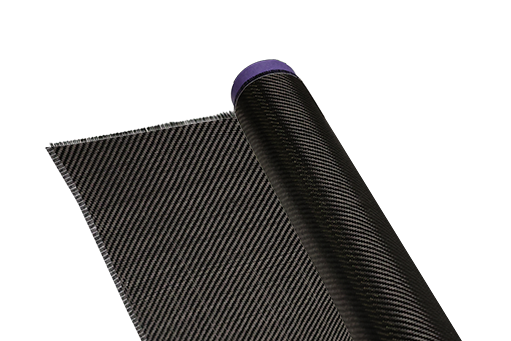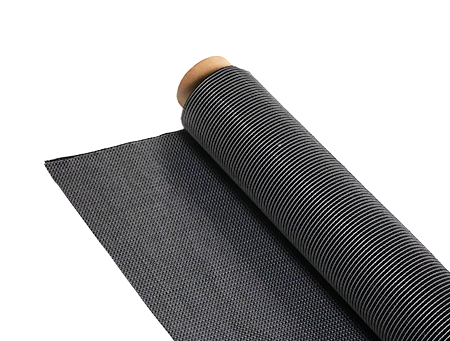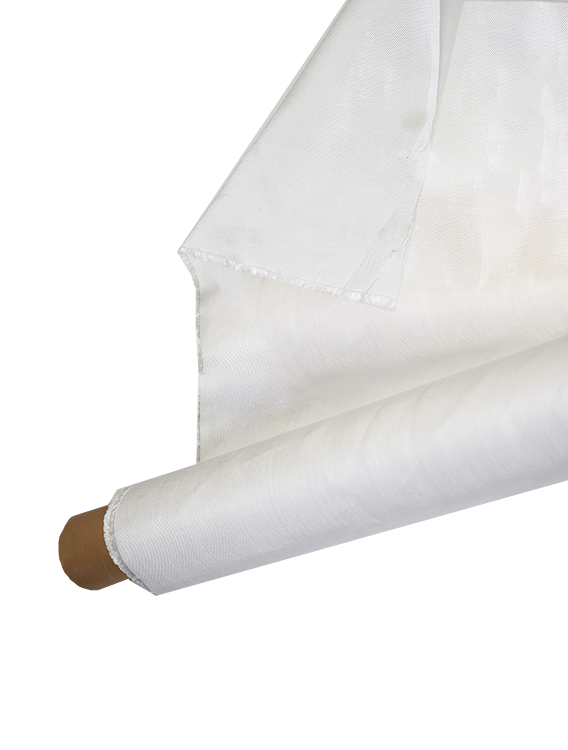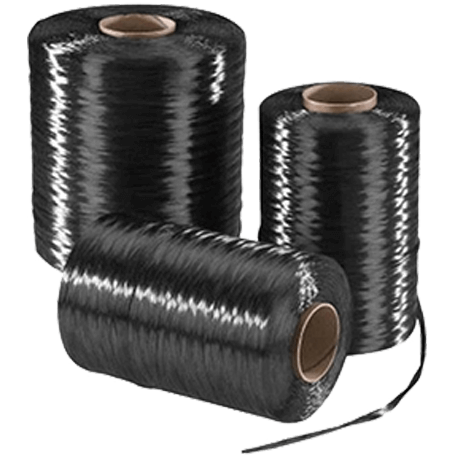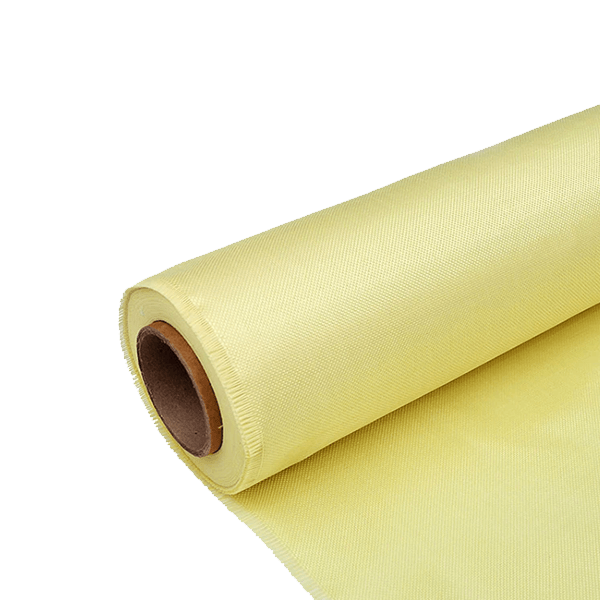REACH-Compliant Fiberglass Now Required in Europe
-
Table of Contents
“REACH-Compliant Fiberglass: Ensuring Safety and Sustainability in Europe.”
REACH (Registration, Evaluation, Authorisation and Restriction of Chemicals) compliance has become a critical requirement for manufacturers and importers of fiberglass products in Europe. As part of the European Union’s commitment to ensuring a high level of protection for human health and the environment, REACH mandates that all chemical substances used in products must be registered and evaluated for safety. This regulation affects the fiberglass industry, necessitating that companies adhere to stringent guidelines regarding the chemical composition of their products. As a result, manufacturers must ensure that their fiberglass materials are free from harmful substances and meet the established safety standards, thereby promoting sustainable practices and enhancing consumer safety across the European market.
Understanding REACH Compliance for Fiberglass in Europe
The Registration, Evaluation, Authorisation and Restriction of Chemicals (REACH) regulation represents a significant legislative framework in the European Union aimed at ensuring the safe use of chemicals. As industries evolve and environmental concerns grow, the need for compliance with REACH has become increasingly critical, particularly for materials such as fiberglass. Understanding REACH compliance for fiberglass in Europe is essential for manufacturers, suppliers, and end-users alike, as it not only affects market access but also aligns with broader sustainability goals.
Fiberglass, a composite material made from fine glass fibers, is widely used in various applications, including construction, automotive, and aerospace industries. However, the components and chemicals involved in the production of fiberglass can pose potential risks to human health and the environment. Consequently, the European Chemicals Agency (ECHA) has mandated that all substances manufactured or imported into the EU in quantities exceeding one ton per year must be registered under REACH. This requirement extends to the raw materials used in fiberglass production, necessitating a thorough understanding of the chemical properties and potential hazards associated with these substances.
To achieve REACH compliance, manufacturers must undertake a comprehensive registration process that involves gathering extensive data on the chemical identity, properties, and uses of the substances involved in fiberglass production. This data must be submitted to ECHA, which evaluates the information to determine whether the substances can be safely used in their intended applications. Furthermore, manufacturers are required to assess the risks associated with their products and implement appropriate risk management measures to mitigate any identified hazards. This process not only ensures compliance but also fosters a culture of safety and responsibility within the industry.
Moreover, the REACH regulation emphasizes the importance of communication throughout the supply chain. Manufacturers of fiberglass must provide Safety Data Sheets (SDS) to their customers, detailing the potential hazards and safe handling practices for their products. This transparency is crucial, as it enables downstream users to make informed decisions regarding the safe use of fiberglass in their applications. Additionally, suppliers must stay abreast of any updates or changes to the REACH regulation, as non-compliance can result in significant penalties, including fines and restrictions on market access.
As the demand for sustainable materials continues to rise, REACH compliance also aligns with the broader objectives of the European Green Deal, which aims to make Europe the first climate-neutral continent by 2050. By adhering to REACH regulations, fiberglass manufacturers contribute to the reduction of harmful substances in the environment, thereby promoting a circular economy and enhancing the overall sustainability of their products. This commitment to environmental stewardship not only benefits the planet but also enhances the reputation of companies within the industry, as consumers increasingly favor products that are produced responsibly.
In conclusion, understanding REACH compliance for fiberglass in Europe is essential for all stakeholders involved in the production and use of this versatile material. By navigating the complexities of the REACH regulation, manufacturers can ensure the safety of their products while also contributing to a more sustainable future. As the regulatory landscape continues to evolve, staying informed and proactive in compliance efforts will be crucial for maintaining competitiveness in the European market. Ultimately, embracing REACH compliance not only fulfills legal obligations but also reflects a commitment to health, safety, and environmental responsibility.
The Impact of REACH Regulations on Fiberglass Manufacturers
The introduction of the REACH (Registration, Evaluation, Authorisation, and Restriction of Chemicals) regulations has significantly transformed the landscape for fiberglass manufacturers operating in Europe. As a comprehensive framework aimed at ensuring the safe use of chemicals, REACH mandates that all substances produced or imported into the European Union must be registered with the European Chemicals Agency (ECHA). This requirement has profound implications for fiberglass manufacturers, who must now navigate a complex regulatory environment to ensure compliance while maintaining their competitive edge.
To begin with, the registration process under REACH necessitates that manufacturers provide extensive data on the properties and potential hazards of their fiberglass products. This includes information on the chemical composition, potential environmental impacts, and health risks associated with the materials used in production. Consequently, manufacturers are compelled to invest significant resources in research and development to gather the necessary data. This investment not only increases operational costs but also requires a shift in focus towards sustainable practices and the use of safer alternatives in the production process.
Moreover, the evaluation phase of REACH introduces an additional layer of scrutiny. The ECHA assesses the submitted data to determine whether the substances meet safety standards. For fiberglass manufacturers, this means that any non-compliance could result in severe penalties, including restrictions on the sale of their products within the EU market. As a result, manufacturers must adopt rigorous quality control measures and ensure that their products meet the stringent requirements set forth by the regulations. This heightened level of accountability fosters a culture of safety and responsibility within the industry, ultimately benefiting consumers and the environment.
In addition to the immediate operational challenges posed by REACH, manufacturers must also consider the long-term implications of compliance. The regulations encourage innovation by pushing companies to develop new formulations and production methods that minimize environmental impact. For instance, manufacturers are increasingly exploring bio-based resins and other sustainable materials as alternatives to traditional fiberglass components. This shift not only aligns with the goals of REACH but also positions companies favorably in a market that is progressively leaning towards sustainability.
Furthermore, the REACH regulations have prompted a reevaluation of supply chains within the fiberglass industry. Manufacturers are now required to ensure that their suppliers also comply with REACH standards, creating a ripple effect throughout the supply chain. This interconnectedness necessitates greater collaboration and communication between manufacturers and suppliers, fostering a more transparent and responsible industry. As companies work together to meet compliance requirements, they are likely to develop stronger partnerships that can lead to enhanced innovation and efficiency.
As the fiberglass industry adapts to the demands of REACH, it is essential to recognize the potential for competitive advantage. Companies that proactively embrace compliance not only mitigate risks associated with non-compliance but also enhance their reputation in the marketplace. By demonstrating a commitment to safety and sustainability, manufacturers can attract environmentally conscious consumers and clients, thereby expanding their market reach.
In conclusion, the impact of REACH regulations on fiberglass manufacturers in Europe is profound and multifaceted. While the challenges of compliance are significant, they also present opportunities for innovation, collaboration, and market differentiation. As the industry continues to evolve in response to these regulations, manufacturers that prioritize compliance and sustainability will likely emerge as leaders in a rapidly changing landscape. Ultimately, the shift towards REACH-compliant fiberglass not only benefits manufacturers but also contributes to a safer and more sustainable future for all stakeholders involved.
Benefits of Using REACH-Compliant Fiberglass in European Markets
The introduction of REACH (Registration, Evaluation, Authorisation, and Restriction of Chemicals) regulations has significantly transformed the landscape of chemical management in Europe, particularly impacting industries that utilize fiberglass. As manufacturers and suppliers navigate these stringent regulations, the benefits of using REACH-compliant fiberglass become increasingly evident. This compliance not only ensures adherence to legal requirements but also enhances product quality, safety, and market competitiveness.
One of the primary advantages of utilizing REACH-compliant fiberglass is the assurance of safety for both consumers and the environment. By adhering to REACH regulations, manufacturers are required to evaluate the potential risks associated with the chemicals used in their products. This thorough assessment leads to the elimination of hazardous substances, thereby reducing the likelihood of adverse health effects for end-users. Consequently, companies that prioritize REACH compliance can confidently market their fiberglass products as safe alternatives, fostering trust among consumers who are increasingly concerned about the environmental and health implications of the materials they use.
Moreover, REACH compliance can significantly enhance a company’s reputation and brand image. In an era where sustainability and corporate responsibility are paramount, businesses that demonstrate a commitment to environmental stewardship are more likely to attract discerning customers. By using REACH-compliant fiberglass, companies can position themselves as leaders in sustainability, appealing to a growing segment of the market that prioritizes eco-friendly products. This positive perception can lead to increased customer loyalty and potentially higher sales, as consumers are more inclined to support brands that align with their values.
In addition to bolstering brand reputation, REACH compliance can also open doors to new market opportunities. Many industries, particularly those in the construction, automotive, and aerospace sectors, are increasingly mandating compliance with REACH regulations as a prerequisite for doing business. By ensuring that their fiberglass products meet these standards, manufacturers can access a broader range of markets and clients, thereby expanding their business potential. This strategic positioning not only enhances competitiveness but also mitigates the risk of losing market share to non-compliant competitors.
Furthermore, the use of REACH-compliant fiberglass can lead to improved product performance and durability. The rigorous evaluation process mandated by REACH often results in the identification and elimination of subpar materials, leading to the development of higher-quality fiberglass products. These enhanced materials are not only more reliable but also exhibit superior mechanical properties, making them suitable for a wider array of applications. As a result, manufacturers can offer products that not only meet regulatory standards but also exceed customer expectations in terms of performance and longevity.
Lastly, embracing REACH compliance can facilitate innovation within the fiberglass industry. The need to comply with stringent regulations often drives research and development efforts, prompting manufacturers to explore new formulations and production techniques. This pursuit of innovation can lead to the creation of advanced fiberglass materials that are not only compliant but also more efficient and effective in their applications. As companies invest in developing cutting-edge solutions, they contribute to the overall advancement of the industry, ensuring that it remains competitive in a rapidly evolving global market.
In conclusion, the transition to REACH-compliant fiberglass presents numerous benefits for manufacturers operating in European markets. From enhancing safety and brand reputation to unlocking new market opportunities and fostering innovation, the advantages of compliance are multifaceted. As the demand for sustainable and safe materials continues to grow, embracing REACH compliance will undoubtedly position companies for success in an increasingly conscientious marketplace.
Q&A
1. **What is REACH compliance in relation to fiberglass?**
REACH compliance refers to the European Union regulation that requires manufacturers and importers to register chemical substances, including those used in fiberglass production, to ensure they are safe for human health and the environment.
2. **Why is REACH compliance now required for fiberglass in Europe?**
REACH compliance is required to enhance the protection of human health and the environment from the risks posed by chemicals, ensuring that all materials, including fiberglass, meet safety standards before being marketed in the EU.
3. **What are the implications for manufacturers of fiberglass regarding REACH compliance?**
Manufacturers must conduct thorough assessments of the chemicals used in their fiberglass products, register them with the European Chemicals Agency (ECHA), and provide safety data sheets, which may increase production costs and regulatory burdens.REACH-compliant fiberglass is now mandatory in Europe to ensure that all chemical substances used in manufacturing meet safety and environmental standards. This regulation aims to protect human health and the environment by requiring manufacturers to register, evaluate, and authorize the use of chemicals. As a result, companies must adapt their production processes and supply chains to comply with these regulations, promoting safer materials and practices in the fiberglass industry. Ultimately, this shift towards REACH compliance is expected to enhance product safety, foster innovation, and support sustainable development in Europe.

